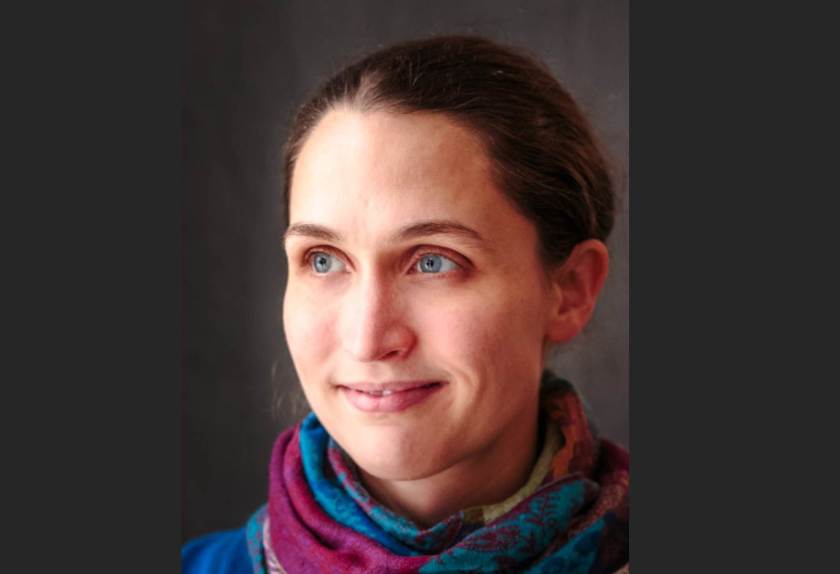Young investigator group at HZB: Scaling perovskite cells

Dr. Eva Unger leads the Young Investigator Group Hy-Per-FORME. © privat
The new Young Investigator Group Hy-Per-FORME led by Dr. Eva Unger is working on scaling all processing steps to enable manufacturing of perovskite solar cells on larger areas, thus brigding he gap between lab and industry.
Dr. Eva Unger is starting a Young Investigator Group (YIG) at HZB, co-financed by the Federal Ministry for Education and Science (BMBF). The activities of the Unger group will be an important contribution within the newly-founded HySPRINT Innovation lab aiming at the realization of large-area, stable and efficient hybrid tandem device technology based on a combination of established silicon photovoltaic technology and emerging perovskite semiconductor devices.
To achieve this goal, developing and optimizing scalable deposition methods for the recently evolved hybrid perovskite semiconductors is one of the key aspects. The YIG of Unger therefore focusses on the formation and scaling the deposition of hybrid perovskite semiconductors using slot-die coating and ink-jet printing as a solution-based processing technology.
Originally from Germany, Eva Unger did her PhD at Uppsala University, Sweden and carried out postdoctoral work at Stanford University and Lund University through a stipend from the swedish Marcus and Amalia Wallenberg Foundation. Prior to starting the YIG, she has been working as a visiting researcher at Helmholtz Center Berlin funded by an International Career Grant co-funded by the Swedish Research Council and Marie-Skłodowska-Curie Actions. She will be co-affiliated with Lund University, Sweden and aims to strengthen cooperations with Lund University, Vrije Universiteit Amsterdam and the Universities in Berlin and Brandenburg.
red.
https://www.helmholtz-berlin.de/pubbin/news_seite?nid=14634;sprache=en
- Copy link
-
An elegant method for the detection of single spins using photovoltage
Diamonds with certain optically active defects can be used as highly sensitive sensors or qubits for quantum computers, where the quantum information is stored in the electron spin state of these colour centres. However, the spin states have to be read out optically, which is often experimentally complex. Now, a team at HZB has developed an elegant method using a photo voltage to detect the individual and local spin states of these defects. This could lead to a much more compact design of quantum sensors.
-
Solar cells on moon glass for a future base on the moon
Future settlements on the moon will need energy, which could be supplied by photovoltaics. However, launching material into space is expensive – transporting one kilogram to the moon costs one million euros. But there are also resources on the moon that can be used. A research team led by Dr. Felix Lang of the University of Potsdam and Dr. Stefan Linke of the Technical University of Berlin have now produced the required glass from ‘moon dust’ (regolith) and coated it with perovskite. This could save up to 99 percent of the weight needed to produce PV modules on the moon. The team tested the radiation tolerance of the solar cells at the proton accelerator of the HZB.
-
Optical innovations for solar modules - which are the most promising?
In 2023, photovoltaic systems generated more than 5% of the world’s electrical energy and the installed capacity doubles every two to three years. Optical technologies can further increase the efficiency of solar modules and open up new applications, such as coloured solar modules for facades. Now, 27 experts provide a comprehensive overview of the state of research and assess the most promising innovations. The report, which is also of interest to stakeholders in funding and science management, was coordinated by HZB scientists Prof. Christiane Becker and Dr. Klaus Jäger.
